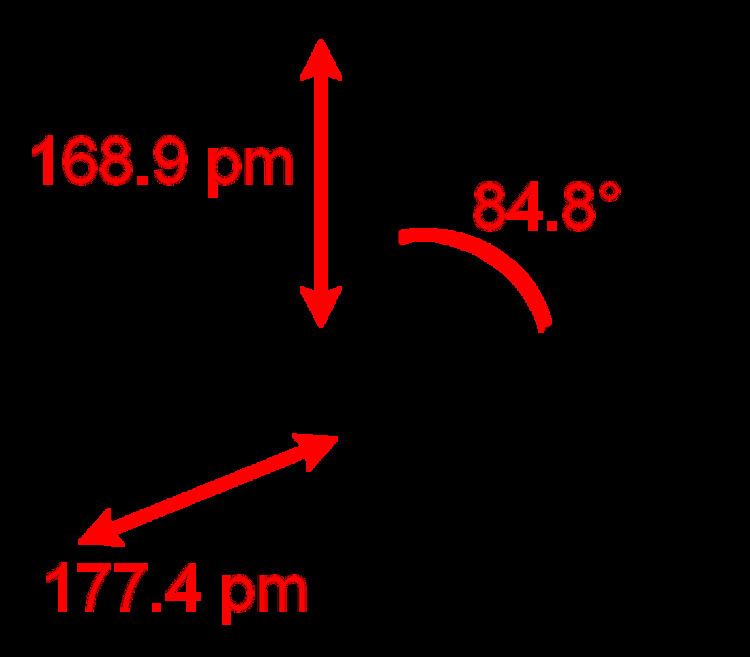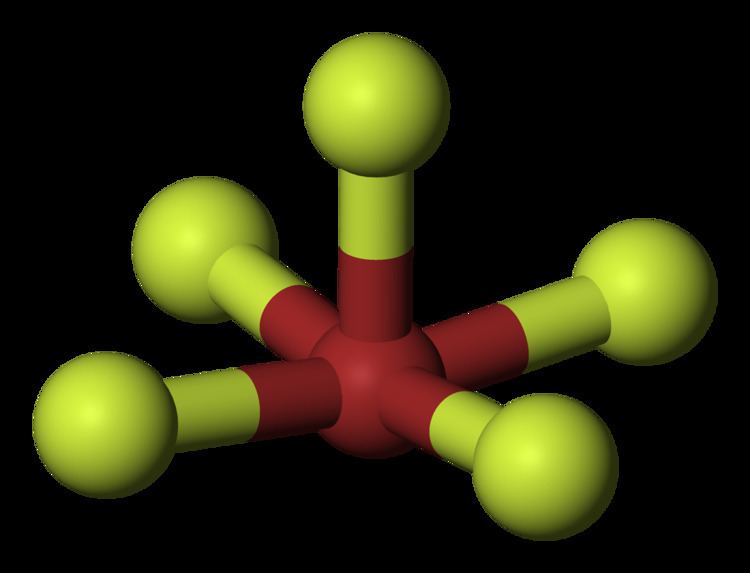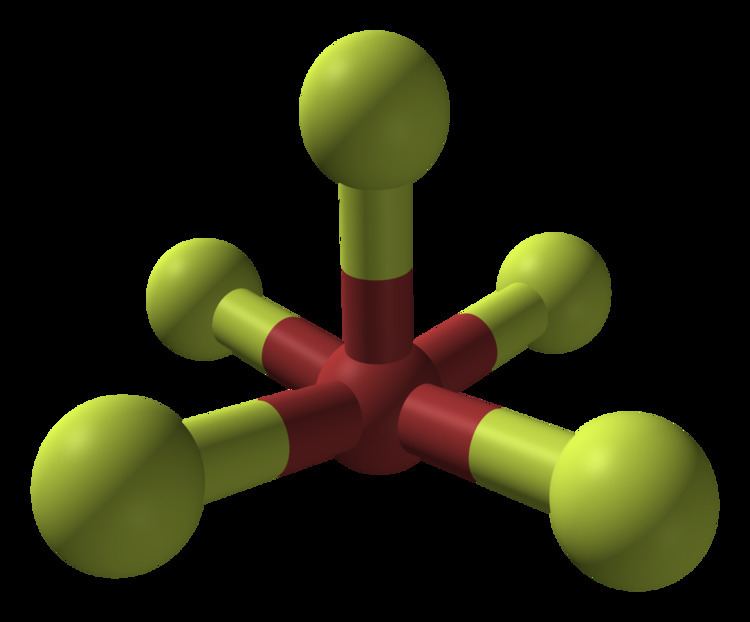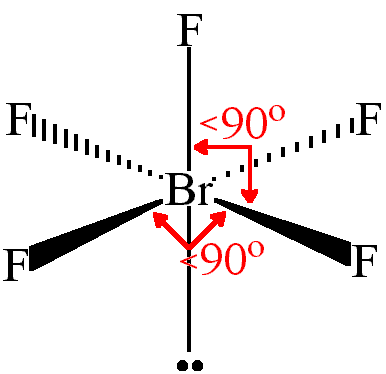Appearance Pale yellow liquid Molar mass 174.894 g/mol Density 2.47 g/cm³ | Formula BrF5 Boiling point 40.25 °C | |
 | ||
Thermodynamicdata Phase behavioursolid–liquid–gas | ||
Bromine pentafluoride brf5 lewis dot structure
Bromine pentafluoride, BrF5, is an interhalogen compound and a fluoride of bromine. It is a strong fluorination reagent.
Contents
- Bromine pentafluoride brf5 lewis dot structure
- Vsepr theory bromine pentafluoride brf5 expanded valence
- Preparation
- Reactions
- Hazards
- References
BrF5 finds use in oxygen isotope analysis. Laser ablation of solid silicates in the presence of bromine pentafluoride releases O2 for subsequent analysis. It has also been tested as an oxidizer in liquid rocket propellants and is used as a fluorinating agent in the processing of uranium.

Vsepr theory bromine pentafluoride brf5 expanded valence
Preparation

Bromine pentafluoride was first prepared in 1931 by the direct reaction of bromine with fluorine. This reaction is suitable for the preparation of large quantities, and is carried out at temperatures over 150 °C (302 °F) with an excess of fluorine:
Br2 + 5 F2 → 2 BrF5For the preparation of smaller amounts, potassium bromide is used:
KBr + 3 F2 → KF + BrF5This route yields bromine pentafluoride almost completely free of trifluorides and other impurities.
Reactions

Bromine pentafluoride reacts explosively with water, but when moderated by dilution with acetonitrile, it will form bromic acid and hydrofluoric acid, simple hydrolysis products:
BrF5 + 3 H2O → HBrO3 + 5 HFIt is an extremely effective fluorinating agent, converting most uranium compounds to the hexafluoride at room temperature.
Hazards
Bromine pentafluoride is severely corrosive to the skin, and its vapors are irritating to the eyes, skin, and mucous membranes. Exposure to 100 ppm for a few minutes is lethal to most experimental animals. Chronic exposure may cause nephrosis and hepatosis.
It may spontaneously ignite or explode upon contact with organic materials or metals in powdered form.
